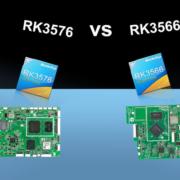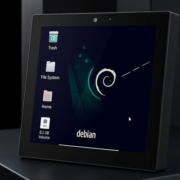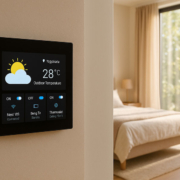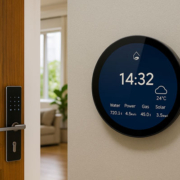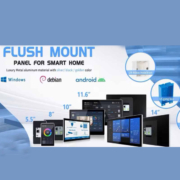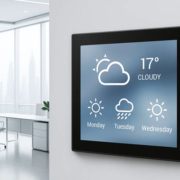Brilliant Plug-In Smart Panel Review: Drawbacks and Limitations
The Brilliant Plug-In Smart Home Control Panel has gained popularity for making smart home control more accessible—especially for renters or homeowners who don’t want to rewire their walls. It transforms existing outlets into a central smart home controller, offering a convenient, touch-based interface for lighting, climate, music, and more. However, like any product, it comes with a set of limitations that may affect whether it’s the right choice for your smart home ecosystem.
In this article, we’ll explore the key limitations of the Brilliant Plug-In Smart Home Control Panel and discuss alternative solutions like Portworld’s customizable control panels that address these concerns more flexibly.
1. Limited Power Supply & Device Integration
Because the Plug-In Panel draws power from a standard wall outlet, it may not support high-demand or hardwired smart devices. Unlike wall-installed control panels connected directly to your home’s wiring system, plug-in models are limited in what they can power and control.
- No native support for thermostats or advanced security devices
- Limited to smart devices already connected via cloud (e.g., Alexa, SmartThings)
- Cannot control traditional IR-based or RS485 wired devices
2. Dependency on Wi-Fi and Cloud Services
The plug-in model relies entirely on Wi-Fi and cloud connectivity to function. If your internet goes down, many of the Brilliant panel’s features will not work. This makes it less reliable for critical smart home applications such as:
- Security monitoring
- Real-time door access control
- Local device automation
3. No Professional Wiring = Reduced Control Scope
Since it doesn’t replace existing switches or panels, the plug-in version cannot directly control wired lighting or appliances. It relies on integrations with smart plugs, bulbs, and hubs, which introduces:
- Latency issues
- Reduced responsiveness
- More dependency on third-party ecosystems
4. Limited Customization of UI and Software
Unlike OEM or professional smart panels such as those from Portworld, the Brilliant Plug-In Panel has a fixed interface and limited software customization options. Users cannot change the layout, add custom widgets, or tailor the panel to specific room types or industry use cases (e.g., hotels, offices, care homes).
5. Small Screen and Basic Display
The screen size of the plug-in panel is relatively small compared to wall-mounted smart touch panels (e.g., 5–10 inches). This restricts the ability to:
- Display full dashboards
- Show multi-camera surveillance feeds
- Integrate rich control experiences like custom scene graphics
6. Not Suitable for Commercial Projects or Multi-Room Management
While great for personal or single-room use, the Plug-In version lacks the ability to manage large-scale installations such as:
- Smart offices
- Apartment complexes
- Hotels or smart rental properties
These scenarios typically require centralized control, remote management, and advanced device mapping—which Brilliant’s plug-in version doesn’t support.
Alternative Solution: Portworld’s Customizable Smart Control Panels
If you’re looking for a more scalable and powerful solution, consider Portworld, a rising OEM/ODM provider of Android-based smart home control panels. Portworld offers 4-inch and 5-inch touch control panels with options for PoE, wired integration, custom UI/UX, and powerful processors such as Rockchip and Snapdragon.
Key Features Portworld Offers:
- Direct control of lighting, security, HVAC, and entertainment systems
- Support for Android/Linux/Windows operating systems
- Open SDK & BSP for custom development
- PoE-enabled for easy and secure power/data over a single cable
- Custom housing and UI for brand identity or specific project needs


